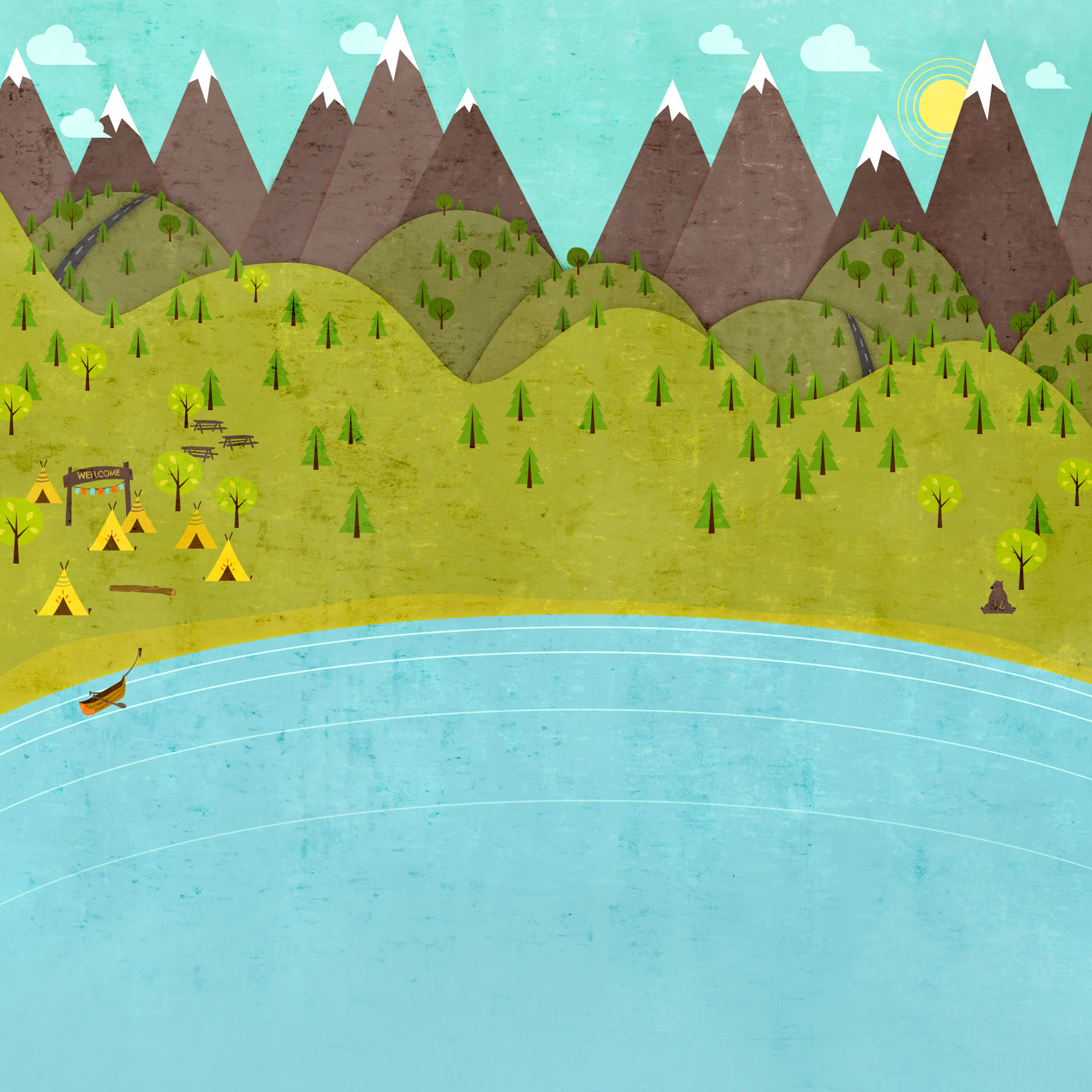

Into the Tushars
Beaver, UT
Since 1856

Baker Canyon
June 16, 2015 - HIKE
We are so lucky here in Beaver to have such amazing drinking water straight from the tap, but have you ever wondered where the city’s culinary water actually comes from. This weeks hike up South Fork of Baker Canyon will answer this question and reveal a route that past generations used to access the high country, timber products, and water to quench their needs as well. When Beaver City upgraded the main water line from Baker Canyon to town, the dirt roads to access this hike were very much improved. You’ll look for a left hand turn off highway 153 at mm 4.5 and it becomes dirt immediately. Resetting your trip meter here will help you know just where I’m talking about. It’s a narrow curvy road at first as you pass the chlorination plant but soon the landscape opens up on all sides and you’ll see the first of many spring exclosure fences. A half dozen of these springs are protected, tapped, and chlorinated and is the source for Beaver’s award winning agua. At mile 1.1 stay to the right over the small hilltop then the road bends left and goes straight east up a draw then switchbacks climbing up onto the bench. Proceed easterly across the bench and if it gets too rough for your vehicle there’s a turnout on the left at mm 2.5. Walk or continue driving into the pinion/juniper trees along the barbed wire fence, crossing the stream twice and you’ll come to the last spring exclosure which is quite large(500 ft by 200 ft), this is the end of the road (total dirt road mileage 3.2). Trail 065 begins here along the streamside of the exclosure and there’s a wooden trail sign at the end of the fence. This trail is nice and shady all day long and it just gets cooler as you go up. There are fir trees, cottonwoods, ponderosa and maple trees right from the get-go here at 7400 feet. You’ll notice how steep sided and narrow this section of canyon is and cattlemen have taken advantage of the rocky outcrops to form a barrier so their cows won’t go up canyon. Some boulders to the right make it easier to hop this fenceline or if you’re on horseback, you’ll see which rails are intended to be slid out to pass through. Remember to always leave gates open or closed, as you found them. Enjoy the sound of the babbling brook as you meander through water loving plants like red-osier dogwood, water birch, and stinging nettle. For as small as this stream is, it has a lot of life around it, I even spotted tiny trout in it’s flow. At the fifth stream crossing the trail leaves the stream, heading south, then curves east and climbs through a thicket of manzanita brush. The manzanita of the Tushar’s is 1-3 feet high, has thick leathery leaves darker green on top, and it’s woody stems are twisty, tough, and a beautiful rusty maroon color. You exit this patch of manzanita and enter a beautiful campsite that I will definitely be pitching a tent at this summer! The skin of the aspen trees here tell a story of some of the past campers to utilize this fantastic pad. You can tell which of them were on horseback by how high they left their mark. The hike leaves this flat to the northeast and soon drops to the stream and crosses over to the north bank which is very boggy with spring flow. You will be 2 miles into the 065 at the wooden sign which stands at the junction with trail 231. Following the 231 would take you south to another junction where left would go to Mud Flat, or straight south would head out to Sage Hill Spring. From this junction, the 065 trail heads in a northeasterly direction and you are 1.5 miles from Allred Spring which is right on the Jimmie Reed Road (PST 05). The trail follows the stream through stands of aspen and when you get to the largest clearing so far, stay to the left, following the most water flow and you’ll find yourself at Allred Spring. If you wanted four miles of downhill, you could leave a vehicle at the bottom of Baker Canyon and start here at Allred Spring. To drive to Allred Sp. use highway 153, turn north at the restrooms near mm 15, travel 2.5 miles on this dirt road (Jimmie Reed road) and there’s a sign for Allred Sp on the left.
If you use the trails a lot and want them to be in even better condition, we could really use a hand. At a minimum, you could kick a few rocks off the tread, move some dead branches or fill up a sack with litter. You may consider signing up as a volunteer at the Forest Service office (575 S. Main, Beaver) and go out with the trails crew, helping move deadfall and raking smooth the tread. By protecting, understanding, and caring for these Tushar Mountains you will enjoy them even more! Spread some love Into The Tushars!

